Radio-controlled (RC) airplanes are a thrilling blend of aerodynamics and electronics. The heart of an RC airplane’s functionality lies in its electronic components that control everything from speed to flight direction. This article dives deep into understanding the electronic components crucial for RC airplane operations, particularly focusing on Electronic Speed Controllers (ESCs), servos, and other integral parts.
Introduction to RC Airplane Electronics
To fully appreciate and operate an RC airplane, one must understand the electronic systems that make precise control possible. The primary components include the transmitter, receiver, ESCs, servos, batteries, and motors. Each part has a specific function, working in harmony to translate the pilot’s commands into smooth flight.
Electronic Speed Controllers (ESCs)
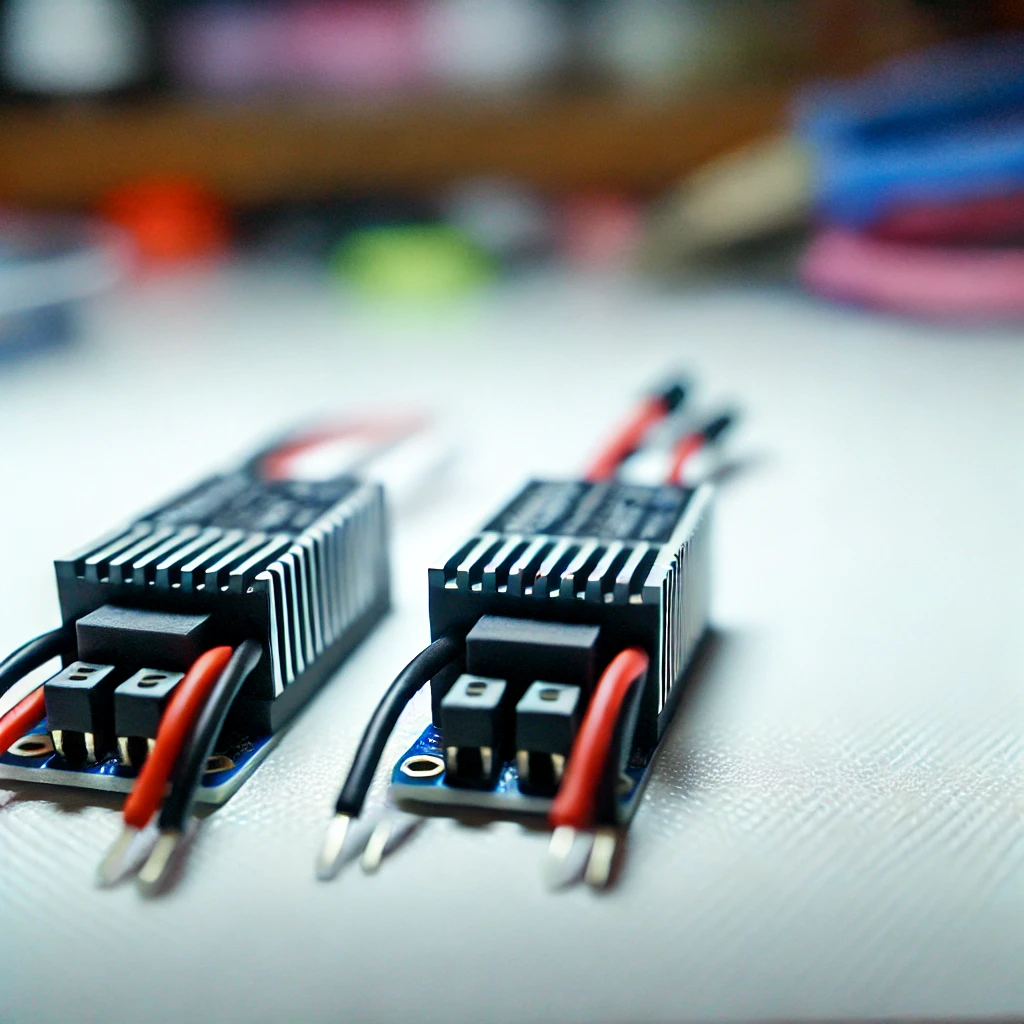
Function of ESCs
The ESC is a crucial component in electric-powered RC airplanes. It serves as the middleman between the motor and the battery, regulating the power that the motor receives based on the throttle input from the transmitter. ESCs are responsible for the speed and direction of the motor, making them vital for flight control.
Types of ESCs
- Brushed ESCs: Used with brushed motors, these ESCs are simpler and cheaper but less efficient.
- Brushless ESCs: Compatible with brushless motors, offering better performance, efficiency, and reliability than their brushed counterparts.
Choosing the Right ESC
When selecting an ESC, consider the following:
- Current Rating: Should exceed the maximum current your motor draws.
- Voltage Compatibility: Must match the voltage of your battery.
- Features: Some ESCs come with additional features like battery elimination circuit (BEC), which provides power to the receiver and servos, reducing the need for a separate battery.
Servos
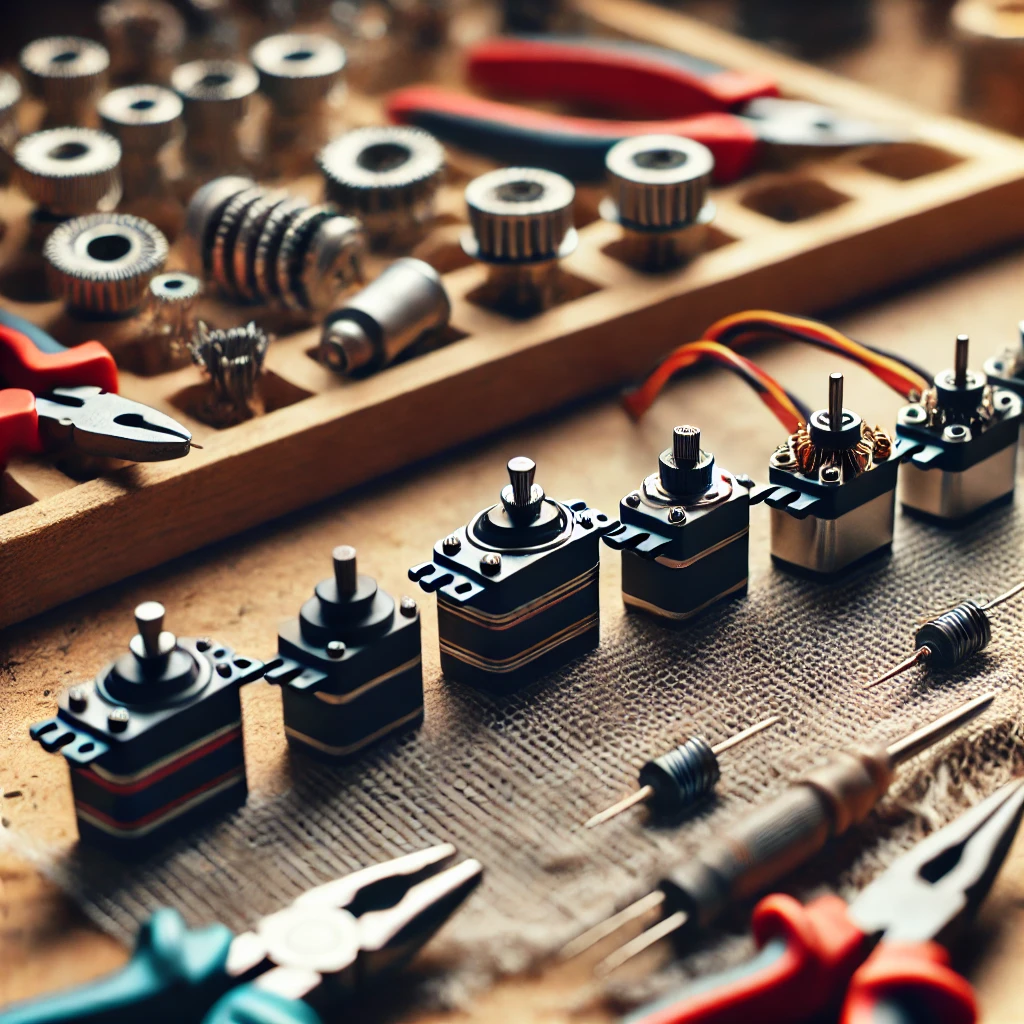
Role of Servos in RC Airplanes
Servos are small, powerful motors controlled by the receiver to move control surfaces like ailerons, rudders, and elevators. They translate electrical commands into mechanical movement, allowing the pilot to steer the airplane.
Types of Servos
- Standard Servos: Adequate for most flying.
- Micro and Mini Servos: Used in smaller RC planes where weight and size are critical.
- High-Torque Servos: Necessary for larger aircraft or those with larger control surfaces.
Selecting Servos
Consider the following when choosing servos:
- Torque Requirements: Depends on the size and type of the control surfaces.
- Speed: Determines how quickly the servo can move the control surfaces.
- Voltage and Current Specifications: Must be compatible with the rest of your electronics.
Transmitters and Receivers
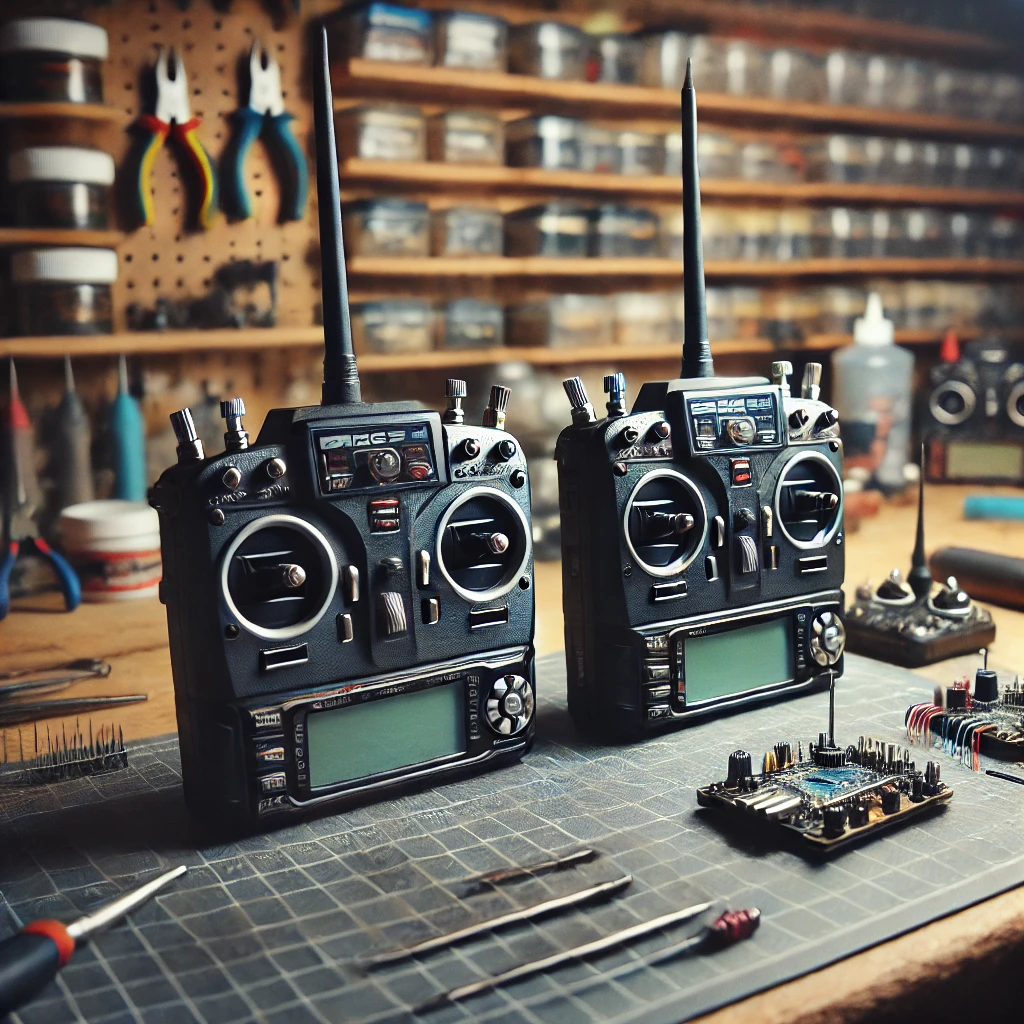
Overview
The transmitter is the hand-held device used by the pilot to send commands to the airplane. The receiver, housed within the airplane, receives these commands and directs the servos and ESC accordingly.
Key Features
- Channels: Each function (e.g., throttle, aileron control) requires one channel. Ensure your transmitter and receiver have enough channels for your needs.
- Frequency: Common frequencies are 2.4 GHz, offering less interference and greater control.
- Range: Important for maintaining control at various distances.
Batteries
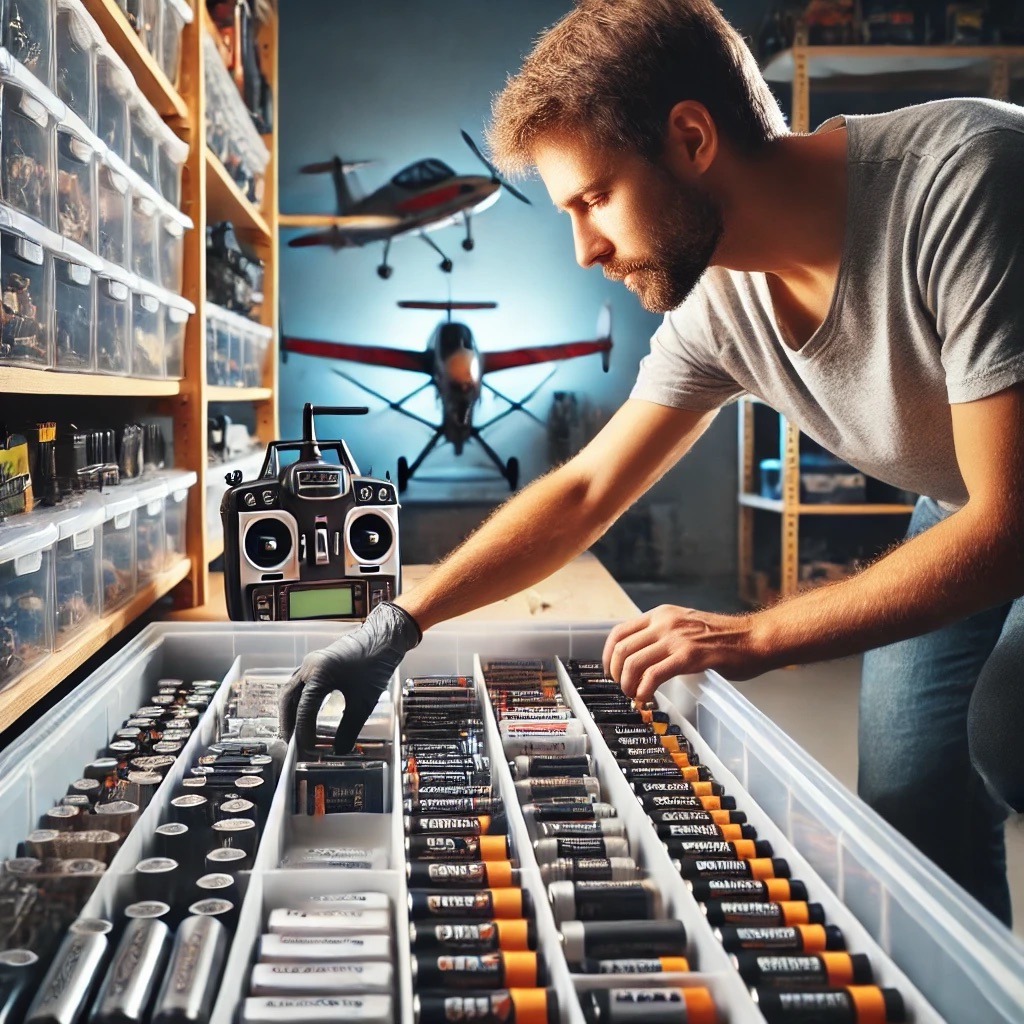
Importance in RC Airplanes
Batteries provide the necessary power to all electronic components. The most common types in RC airplanes are LiPo batteries due to their high energy density and light weight.
Battery Selection
- Capacity (mAh): Higher capacity means longer flight times but also increases weight.
- Voltage (S): Must match the requirements of the ESC and motor.
- Discharge Rate (C-rating): Determines how quickly the battery can deliver power. Higher ratings are necessary for high-performance models.
Power Distribution Boards (PDBs)
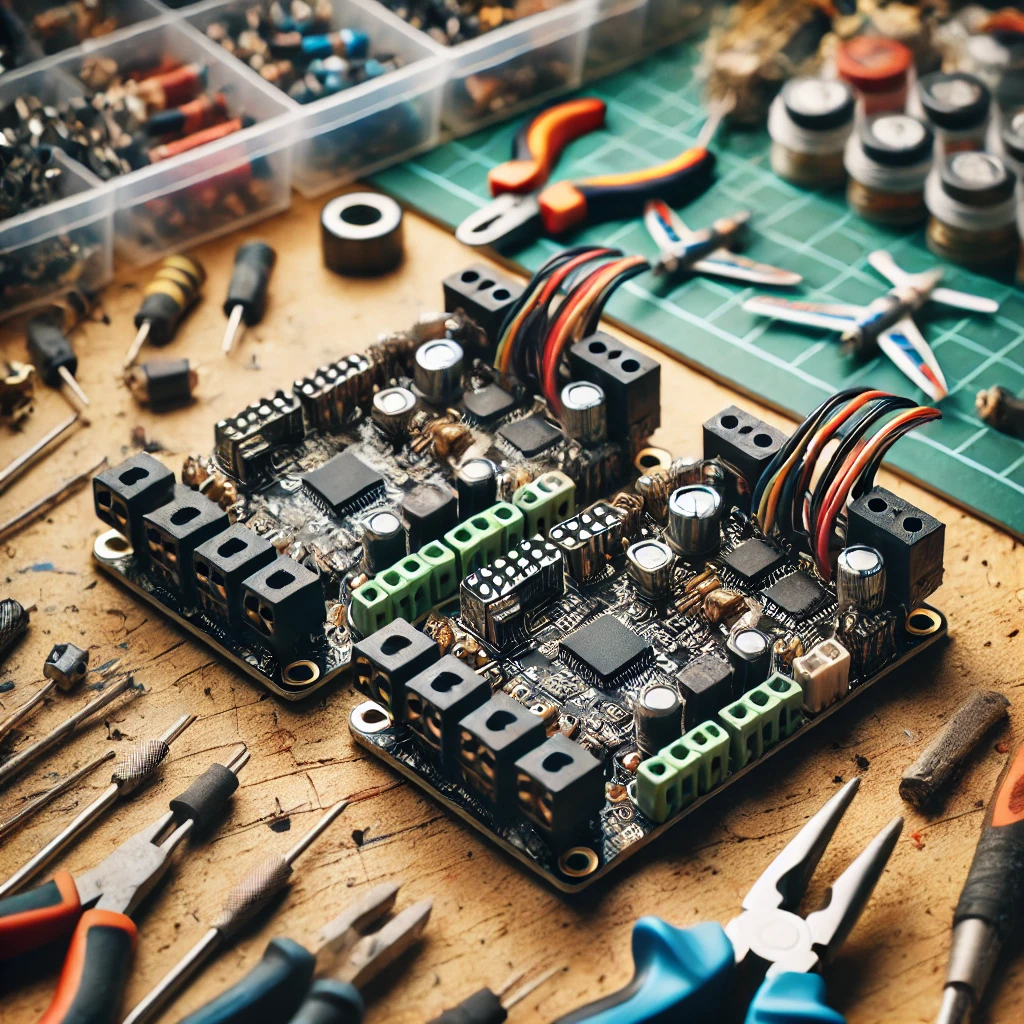
Function
PDBs are used in more complex RC airplanes to simplify wiring, distribute power evenly, and reduce the load on each component, enhancing reliability and efficiency.
Benefits
- Centralized Power Management: Helps manage multiple power connections neatly.
- Voltage Regulation: Some PDBs include regulators or BECs to ensure stable voltage for sensitive electronics.
Tips for Wiring and Installation
- Keep It Neat: Tidy wiring prevents accidents and makes maintenance easier. Use zip ties and heat shrink tubing to keep wires organized.
- Secure Loose Ends: Ensure all connections are secure to prevent disconnections mid-flight.
- Check Polarity: Always double-check polarity when connecting electronics to prevent damage.
Conclusion
Understanding the electronics behind your RC airplane enhances not only your ability to perform repairs and upgrades but also improves your overall flying experience. From selecting the right ESC and servos to effectively managing your power systems, each component plays a vital role in the aircraft’s performance. Whether you are building your first RC model or looking to upgrade